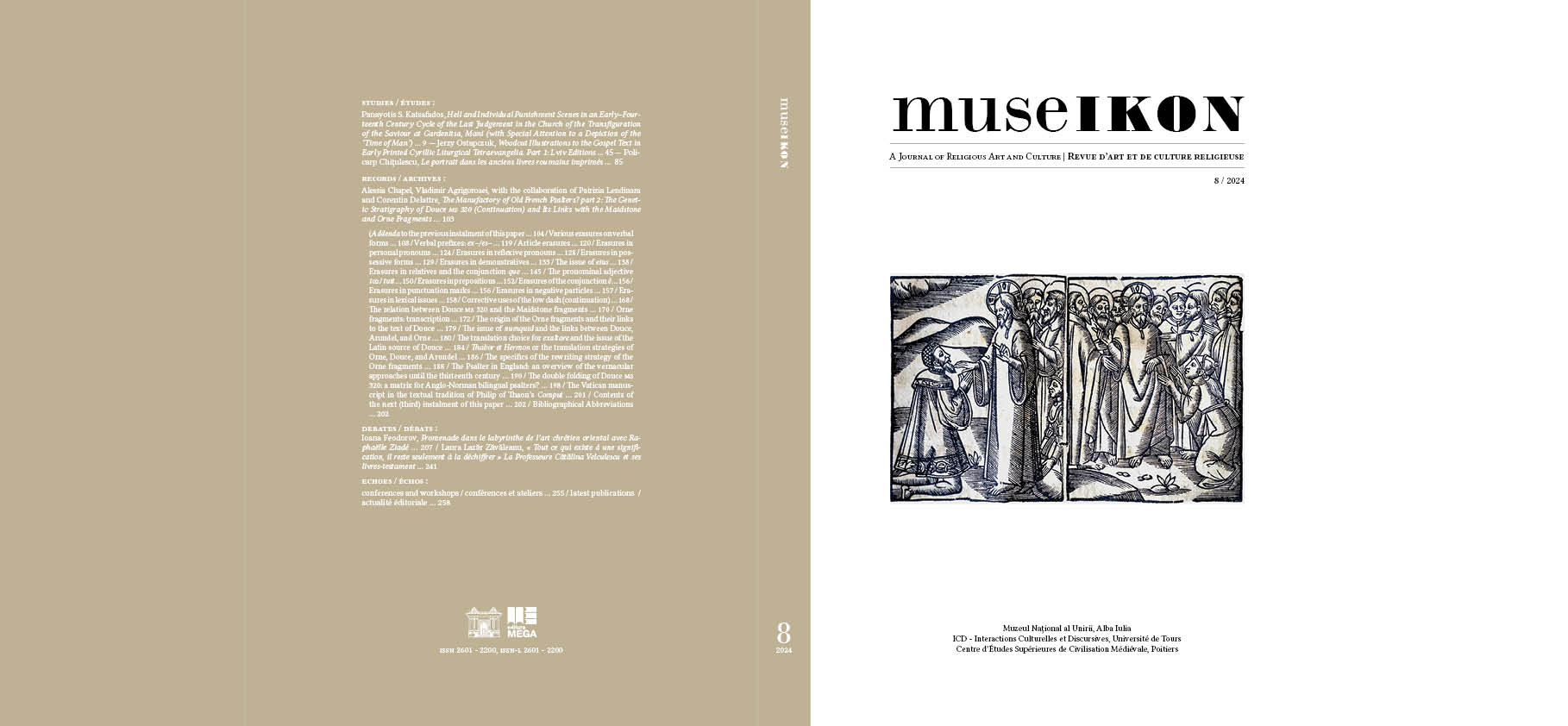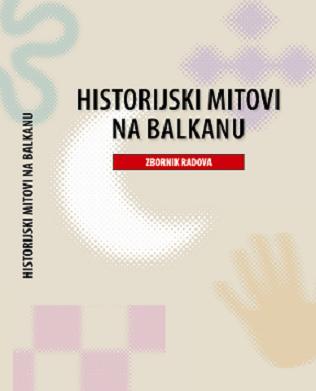
Historijski mitovi na Balkanu
With contribution by Srećko M. Džaja, Husnija Kamberović, Jon Kvaerne, Ivo Godlstein Damir Agičić, Ivo Žanić, Vjekoslav Perica, Bojan Aleksovm Ana Antić, Ulf Brunnbauer
More...We kindly inform you that, as long as the subject affiliation of our 300.000+ articles is in progress, you might get unsufficient or no results on your third level or second level search. In this case, please broaden your search criteria.

With contribution by Srećko M. Džaja, Husnija Kamberović, Jon Kvaerne, Ivo Godlstein Damir Agičić, Ivo Žanić, Vjekoslav Perica, Bojan Aleksovm Ana Antić, Ulf Brunnbauer
More...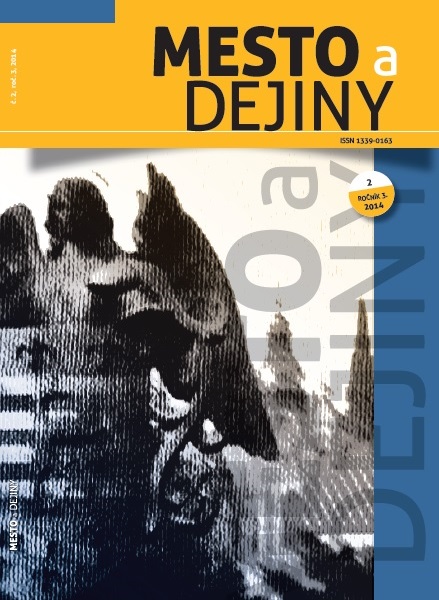
The tradition of motor sport in Slovakia is not rooted so deeply as in the Czech lands, or west European states, where it was developed since the turn of 19th and 20th century. This expensive and marginal activity at the beginning started to grow through the organized motoring associations, which were based in Slovakia during the 1920s and 1930s. In Slovakia didn’t exist stable speedway in this period and the races were organized on public roads, what required the cooperation of the districts’ structures and security forces. This kind of races were more attractive and it made them accessible to a wider circle of audience. From the slowly beginnings in the first half of the 1920s a solid base of sports motoring has been formed, subsequently extended its activities range from small club trips to events such as: Competition reliability,„Star-driving“, Speed races or Competition of elegance. This positive trend, however, was temporarily dampened by the impact of the global economic crisis, which also closed the pioneering stage of development of motor sport in Slovakia. This paper aims to capture the character of a relatively dynamic growth of modern sport activity in its pioneering stage in Slovakia.
More...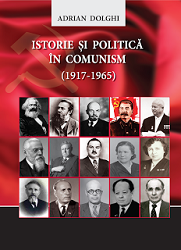
Interaction between politics and history as science and object of study occurred within the Soviet Union totalitarian communist regime. It affected the education and research systems, which were subordinate to the interests of the Communist Party and those of the Soviet state. History as a process, science and object of study was a continuous subject of the totalitarian state politics, while serving as an instrument of sovietisation policy and establishment of a new man and a new society. The policy of the Soviet state in higher education in the field of history was part of the sovietisation process and implantation of the communist ideology, initiated in Soviet Russia after the coup of 1917 and which continued during the USSR after its creation in 1922, and all territories included afterwards. The policy of the Soviet state in the higher education in the field of history represented the interaction between the political factor (the state with all its central and local institutions, Party organizations and staff at all levels, and state officials) and history (higher education and research institutions in the field of history, the educational, learning and research process, and scientists – historians)
More...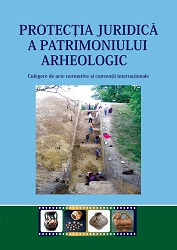
The book is Collection of the national laws and international conventions on cultural heritage preservation with a short introduction about situation in the Republic of Moldova
More...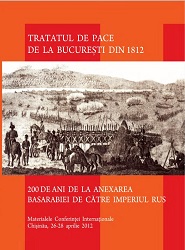
Proceedings of the International Conference which are debating various aspects of theBucharest Peace Treatment of 1812. 200 years of annexation Bessarabia by Russian Empire
More...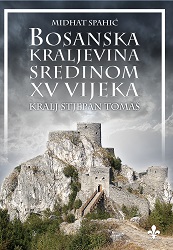
Bosnian King Stephen Thomas ruled for almost eighteen years, from 1443 until 1461. While his predecessors had been replaced by Bosnian noblemen, Thomas remained on the throne until the end of his life. The period of his reign was very turbulent, especially the beginning and the end of the reign, and it was marked by conflicts with Ottomans, Stephen Vukcic Kosaca and Serbian Despotate. The way of the succession of the throne in Medieval Bosnia has not been completely revealed. The preserved sources lead to the conclusion that there was no principle of throne inheriting in the Medieval Bosnia. Therefore, with great certainty we can assume that the dignity of being a ruler was a matter of election. The act of election and coronation was under the competence of Medieval Bosnia parliament. The leading Bosnian noblemen had the decisive role in the election of a ruler. The case of Thomas’ coronation was particularly interesting, bringing us the new details on that act, because besides the old Bosnian crown he wanted to be crowned with the new on by the Pope. Namely, the word is about the new crown the Pope Eugen IV prepared for King Thomas as a gratitude for conversion into Catholicism. However, King Thomas was opposed by Bosnian noblemen who had still been devoted to Bosnian Church. The noblemen stopped Thomas to be crowned with the new crown sent by the Pope, because that crown represented the symbol of religious and political reform that was to be implemented in Bosnia. Thomas was aware of the fact that the crowning with the new crown could put the peace in the country and his position of the ruler in danger, so he was forced to abandon such coronation.
More...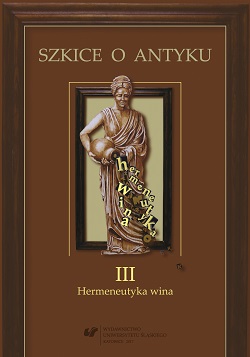
In the third volume of Essays on Antiquity, entitled The Hermeneutics of Wine, we focus our attention on the incessant presence of wine in the Mediterranean culture. In individual articles contained in the present publication, we discuss various aspects of wine and their relation to a specific place and time. The articles are interdisciplinary and they contribute to the reflection upon wine as the phenomenon that is more complex than literature. The Hermeneutics of Wine is at the same time a token of respect and sympathy for Professor Marian Szarmach and an expression of gratitude for his generosity that we experience in the Department of Classical Studies at the University of Silesia in Katowice, and elsewhere too.
More...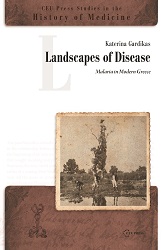
Malaria has existed in Greece since prehistoric times. Its prevalence fluctuated depending on climatic, socioeconomic and political changes. The book focuses on the factors that contributed to the spreading of the disease in the years between independent statehood in 1830 and the elimination of malaria in the 1970s.By the nineteenth century, Greece was the most malarious country in Europe and the one most heavily infected with its lethal form, falciparum malaria. Owing to pressures on the environment from economic development, agrarian colonization and heightened mobility, the situation became so serious that malaria became a routine part of everyday life for practically all Greek families, further exacerbated by wars. The country’s highly fragmented geography and its variable rainfall distribution created an environment that was ideal for sustaining and spreading of diseases, which, in turn, affected the tolerance of the population to malaria. In their struggle with physical suffering and death, the Greeks developed a culture of avid quinine consumption and were likewise eager to embrace the DDT spraying campaign of the immediate post WW II years, which, overall, had a positive demographic effect.
More...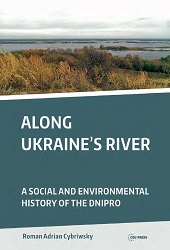
The River Dnipro (formerly better known by the Russian name of Dnieper) is intimately linked to the history and identity of Ukraine. Cybriwsky discusses the history of the river, from when it was formed and its many uses and modifications by human agencies from ancient times to the present.From key vantage points along the river’s course—its source in western Russia, through Belarus and Ukraine, to the Black Sea—interesting stories shed light on past and present life in Ukraine. Scenes set along the river from Russian and Ukrainian literature are evoked, as well as musical compositions and works of art. Topics include the legacy of the region’s cultural ancestors as the Kyivan Rus, the period of Cossack dominion, the epic battles for the river’s bridges in World War II, the building of dams and huge reservoirs by the Soviet Union, and the crisis of Chornobyl (Chernobyl). The author argues that the Dnipro and the farmlands along it are Ukraine’s chief natural resources, and that the country's future depends on putting both to good use.Written without academic pretence in an informal style with dashes of humor, Along Ukraine's River is illustrated with original line drawings, maps, and photographs.
More...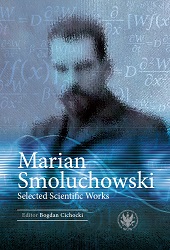
The year 2017 marks the 100th anniversary of premature death of Marian Smoluchowski, an outstanding Polish physicist, a pioneer of the kinetic theory of matter currently known as statistical physics. On this occasion, we have published the volume containing: essays on Smoluchowski’s life and his contribution to science, translations into English of Marian Smoluchowski’s papers originally published in German, French and Polish. Among them three extremely important articles have been prepared for the first time especially for this publication • A Contribution to the Theory of Electric Endosmosis and a Few Related Phenomena. Smoluchowski received a remarkable result in this paper. He showed that under the thin double layer assumption, the fluid flow in such phenomena is independent of boundary shape. The paper was published in 1903 in Polish and French. • On the Kinetic Theory of the Brownian Molecular Motion and of Suspensions. The paper played a very important role in convincing scientists as to the validity of the kinetic theory of matter. This paper (published in 1906) was translated from the German original into English by Rudolf Schmitz from RWTH Aachen and Robert Jones from Queen Mary College University of London. • Molecular-Kinetic Theory of the Opalescence of Gases in the Critical State and a Few Related Phenomena. The same two physicists translated Marian Smoluchowski’s paper on critical opalescence published in German in 1908 (French and Polish versions appeared in 1907). Explaining this mysterious phenomenon, discovered at the end of the 19th century, was at the time a great challenge for scientists. Some of his [Marian Smoluchowski – ed. note] fundamental contributions concerned the role of statistical fluctuations in phenomena involving assemblies of particles, and confirmed their importance in explaining phenomena like the Brownian motion and opalescence. One might say that, before him, most studies were concerned with the thermodynamic variables representing the first means or expected values of the relevant random variables. Because it went further into an examination of the deviations and second moments, the work of Smoluchowski gave further confirmation to the reality of a kinetic picture of matter.Stanisław Ulam, Marian Smoluchowski and the Theory of Probabilities in Physics (Los Alamos Scientific Laboratory, Los Alamos, New Mexico, US, 1956). On the occasion of 100th anniversary of death of Marian Smoluchowski, an outstanding Polish physicist, a pioneer of the kinetic theory of matter currently known as statistical physics, we published the volume containing essays on Smoluchowski’s life and his contribution to science and translations into English of his extremely important papers originally published in German, French and Polish.
More...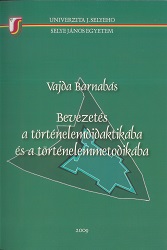
The book summarizes the most basic knowledge on History Didactics as well as on Methodology of History Teaching. For the content of the book, see the English language Content page (attached bellow). The book is intended for graduates in History Teaching courses.
More...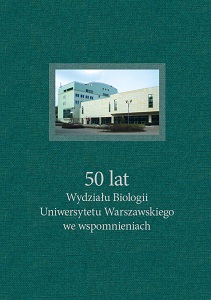
A commemorative publication recounting the history of the Faculty of Biology of the University of Warsaw through the words of its former and current staff and friends. Comprised of written down interviews and split by themes into over a dozen chapters, it portrays the history of the Faculty in chronological order. It is supplemented by a collection of almost two hundred photographs from over half a century of the institution’s functioning.
More...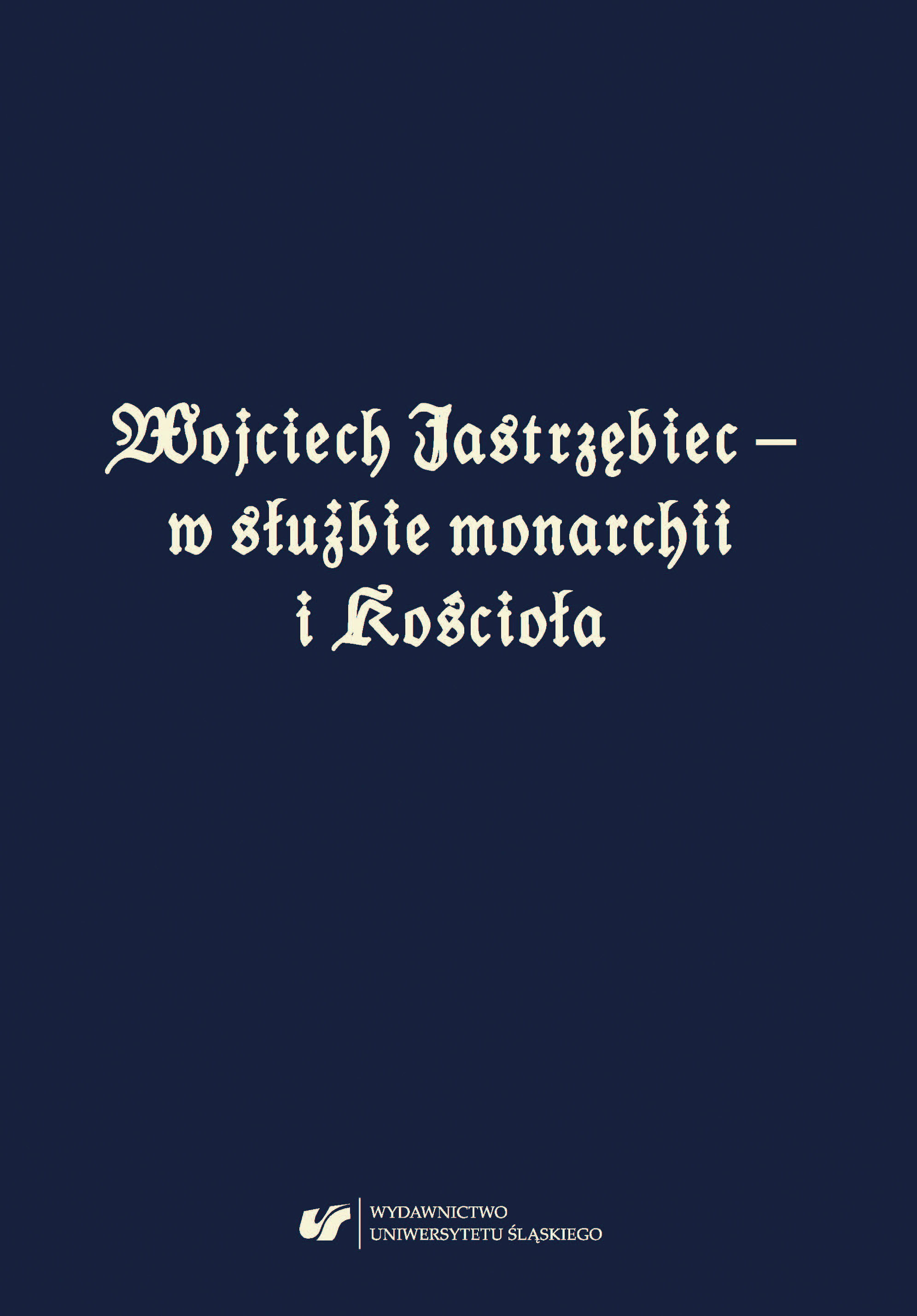
In the year 2016 fell the 580th anniversary of Wojciech Jastrzębiec’s passing; he consecutively held the following offices: the bishop of Poznań, the bishop of Kraków, the archbishop of Gniezno, and Chancellor of the Kingdom of Poland during the reign of Władysław Jagiełło. The said jubilee turned out to be an occassion to organize a conference devoted to this outstanding figure. There was no coincidence whatsoever on the location of the event, since the city of Sandomierz hosted the renowned scholars already twice so far, in 2005 and 2010, when discussions concerning the bishop of Kraków Zbigniew Oleśnicki and the archbishop of Gniezno Mikołaj Trąba took place. The conference in question was, therefore, an appropriate closure of this Sandomierz proceedings in three installments. However, in case of Wojciech Jastrzębiec there is some added significance to the location, since he had been born in Łubice, which is a stone’s throw away from Sandomierz, and a nearby village of Beszowa boasts a marvellous monastery complex with an adjacent church (established for Pauline Fathers) founded by Jastrzębiec himself. It was in Sandomierz where he learned and studied and where his perserverance and ambition elevated him to the highest spiritual and state offices, to attain the status of King Władysław Jagiełło’s closest advisors. For that matter, it seemed only natural to us that the third Sandomierz conference should be devoted to Wojciech, the faithful son of this soil. The conference planning and organization was entrusted to the representatives of the Institute of History, University of Silesia in Katowice, dr hab. Bożena Czwojdrak and Professor dr. hab. Jerzego Sperki, and of the Institute of History and Archival Studies, Pedagogical University of Kraków – Professor Emeritus Feliks Kiryka and Professor dr. hab. Zdzisław Noga. In May of 2016, following our invitation to Sandomierz, there arrived the scholars of the Jagiellonian University in Kraków, the Polish Academy and Sciences in Poznań and Kraków, Nicolaus Copernicus University in Toruń, Adam Mickiewicz University in Poznań, University of Gdańsk, University of Warsaw, and the University of Silesia in Katowice. During the two days of conference sessions – May 23 and 24 – a dozen or so conference lectures were delivered which prompted lively debate. The figure of Wojciech Jastrzębiec was analyzed from many angles, including his church, political, and patron of art’s activity; his numerous foundations and the close circle of trustees was also tracked. During the conference sessions it was revealed that many dated opinions regarding the bishop could be verified and present in a new light; in addition, some new aspects of his life were presented. It is therefore a great pleasure for us to present you with the conference papers, obviously in their extended and enriched versions and we hope that they will prove to be of interest not only to historians and historians of art, but to the lovers of the Sandomierz land as well. (A fragment from the Introduction).
More...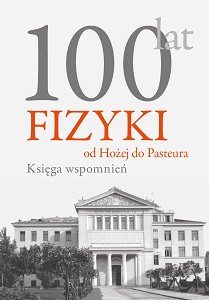
The book is devoted to the history of physics at the University of Warsaw, for almost a century linked with the building at 69 Hoża Street. In their stories, participants of many important events related to, among others, such outstanding figures famous for their internationally acclaimed discoveries as Aleksander Jabłoński, Marian Danysz, Jerzy Pniewski, Andrzej Trautman or Marek Pfützner recollect their scientific work against a broad background of Polish history. The volume contains the texts by forty four authors and covers the period from the beginning of the Faculty of Physics to the present day, already in the new seat at 5 Pasteur Street.
More...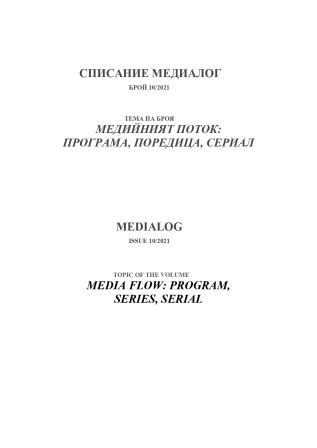
The text presents the main conclusions based on the study of the political messages in the Turkish series broadcasted on Bulgarian television and on Netflix. The main political messages in the series, showed on Bulgarian television, are the responsibility for decisions, connect with the life of a woman and a child. Among the important political topics are: migration, education abroad and returning home, conflicts between rich and poor.
More...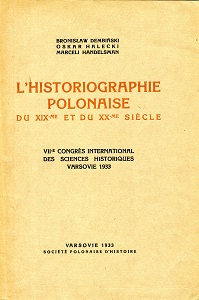
Report on the 7th International Congress of Sciences of History, 1933 in Warsaw - published by the »Polish Society of History« in 1933
More...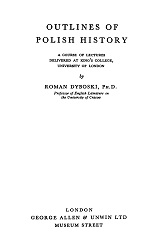
published as second edition in 1931 by George Allen & Unwin Ltd, London (first published in 1925). Second edition, has been thoroughly revised and enlarged.
More...
The purpose of the research is to outline the specifics of Bulgarian gardeners and Bulgarian horticulture in Budapest in the first quarter of the 21 century by means of two examples.Methods of observation, biographical approach, and free and semi-structured interviews are applied. The relationship between Bulgarian horticulture and cultural heritage is analyzed.The study is the result of the author’s participation in a project “Migrations. Modernities, and Intercultural Mediation – Bulgarian Immigrant Groups to Hungary in late 19th and early 20th c. and their Impact on the Social and Cultural Life of the Host Society”.
More...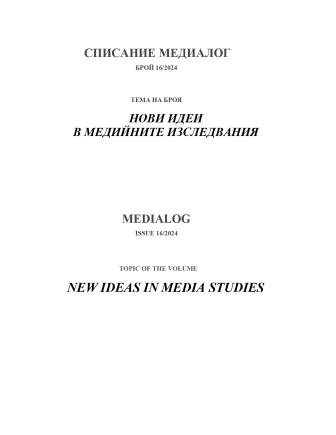
44 scientists participated in the International Scientific Conference dedicated to Prof. Ivaylo Dichev, on the topic: Pop-culture, Pop-politics: The Digital Turn. Interdisciplinary Analyses Of The Intersectionality Between Media, Cultures And Politics. The conference concludes the research project "Pop-culture, pop-politics: The digital turn. Interdisciplinary analyses of the intersection between media, cultures and politics" of the Sofia University. The conference was implemented with the help of the Cultural Studies Network, the journal "Seminar_BG", the Department of "Radio and Television" of the Faculty of Journalism and Mass Communication, and the Department of "History and Theory of Culture" at the Faculty of Philosophy, together with scientists from the Institute of Philosophy and Sociology of the Bulgarian Academy of Sciences.
More...